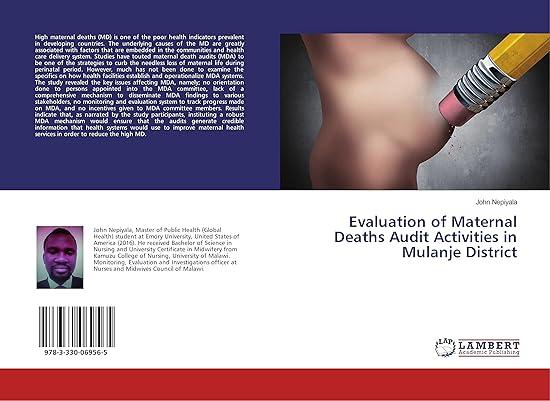
Suppose a young female meerkat can either have her own litter of pups or help raise her mother's pups. Each year, her mother has a litter of four pups that reach adulthood. Her mother's pups are the young meerkat's siblings and half siblings. The coefficient of relatedness, r, between siblings is 0.5. Between half siblings, r is 0.25. For this mixed situation, assume that r between the young meerkat and her siblings equals 0.32. If the young meerkat attempts to have her own litter the first year she is sexually mature, she will produce no pups that reach adulthood. In her second year of sexual maturity, she will produce one pup that reaches adulthood. In the third year, she will produce three pups that reach adulthood, and in her fourth year, she will produce four pups that reach adulthood. The coefficient of relatedness between a parent and pup is 0.5. Using Hamilton's equation, calculate the indirect fitness of the young meerkat for a single year in which she helps raise her mother's pups. Provide the value of indirect fitness to two decimal places. indirect fitness: At what point does it benefit the young meerkat to have her own litter of pups? Why? Year three is the first year she gains greater fitness benefits by raising her own pups instead of her mother's pups. Year four is the first year her indirect fitness is finally less than the direct fitness she gains raising her own pups. In year four, she is finally able to raise only her full siblings instead of raising both her full and half siblings. In year two, her indirect fitness is much greater than the direct fitness she gains through raising her own pups. Suppose a young female meerkat can either have her own litter of pups or help raise her mother's pups. Each year, her mother has a litter of four pups that reach adulthood. Her mother's pups are the young meerkat's siblings and half siblings. The coefficient of relatedness, r, between siblings is 0.5. Between half siblings, r is 0.25. For this mixed situation, assume that r between the young meerkat and her siblings equals 0.32. If the young meerkat attempts to have her own litter the first year she is sexually mature, she will produce no pups that reach adulthood. In her second year of sexual maturity, she will produce one pup that reaches adulthood. In the third year, she will produce three pups that reach adulthood, and in her fourth year, she will produce four pups that reach adulthood. The coefficient of relatedness between a parent and pup is 0.5. Using Hamilton's equation, calculate the indirect fitness of the young meerkat for a single year in which she helps raise her mother's pups. Provide the value of indirect fitness to two decimal places. indirect fitness: At what point does it benefit the young meerkat to have her own litter of pups? Why? Year three is the first year she gains greater fitness benefits by raising her own pups instead of her mother's pups. Year four is the first year her indirect fitness is finally less than the direct fitness she gains raising her own pups. In year four, she is finally able to raise only her full siblings instead of raising both her full and half siblings. In year two, her indirect fitness is much greater than the direct fitness she gains through raising her own pups







